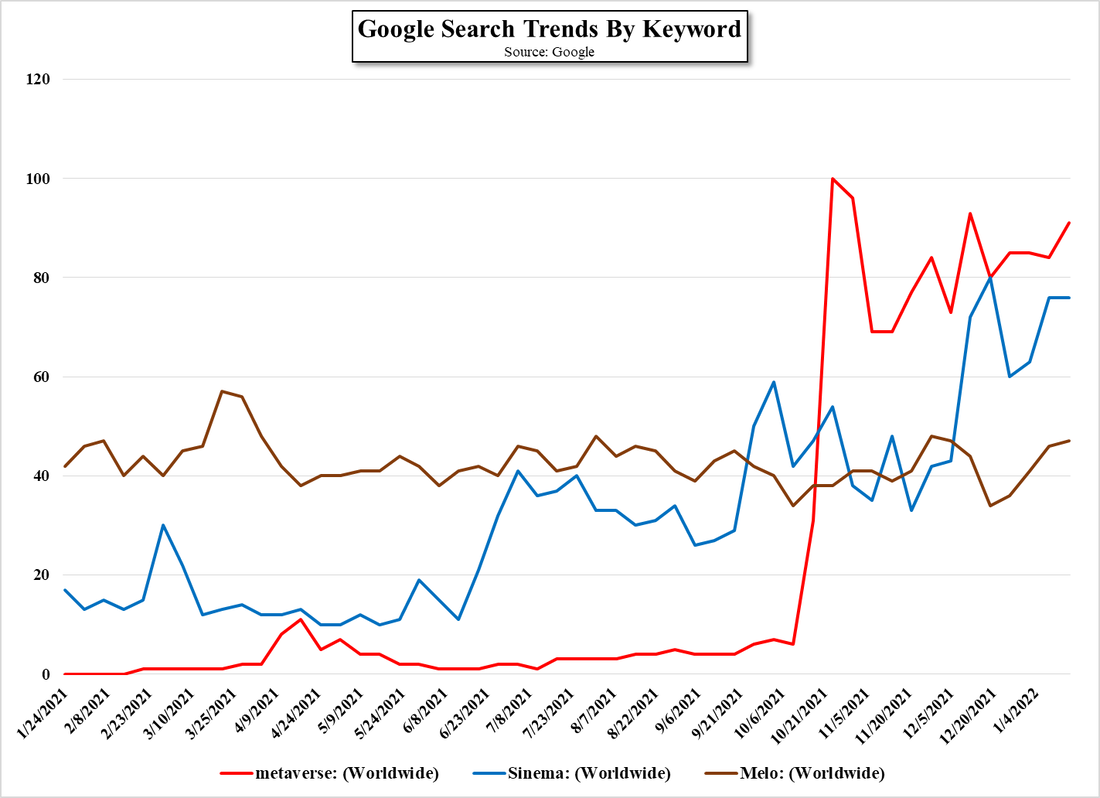Meeting Mickey
We call to mind a media platform known as ‘Second Life’, created by Liden Lab (pvt) back in 1999. The platform was best known as a place where users could post content to a 3D world, and by 2013 had ~1m users or ‘residents’ as they are called by the company. The site is game-like but is more of a social and commerce platform, using its own cryptocurrency that allows users to purchase property (virtual), shop, or just participate in group activities. While the site is still said to have 800k to 900k users, growth has been non-existent for some years and has never developed into the once-expected ‘virtual life’ we all are told we desire, perhaps due to the monthly fee that must be paid to maintain residency, but adding 3D to such 2D content is really what Metaverse proselytizers hope will make it a global sensation that will change the way in which we live and experience life.
At a low level there is “Disney Magic Moments”, Disney content for “My Disney Experience”, which is just another way the company tries to maintain connection with their guests using digital content showing everything from behind-the-scenes looks behind the gates to how to master the recipe of favorite Disney character, but that isn’t really the Metaverse as we see it, just regular marketing. However the Head of Digital & Technology for Disney Parks has been quite vocal on the Metaverse, and while some of the concepts seem to be only minor changes to existing 2D internet based content, Disney has gone much further.
The company has recently been granted a patent for a “Virtual World Simulator”, a system that tracks physical park visitors through their smartphones and fixed cameras, and is able to project 3D virtual images, such as characters, animals, or inanimate objects onto real-world venues without the use of AR or VR glasses. Under this system, some of the virtual simulations would be automated, perhaps during a ride or other venue, but in other cases the system can be controlled by a human that can observe the situation and project a virtual character on an ad hoc basis. Taken to the extreme, one might be walking toward the “Expedition Everest” ride when a Sherpa Guide is suddenly walking along side you and describing how cold it is up near the top and how thin the air is.
Even big-box giant Wal-Mart (WMT) does not want to be left out of the Metaverse, going as far as reviving a four-year old product introduction video showing how virtual shopping might be envisioned, but Wal-Mart has also been at work filing Trademark applications for goods and services as “Provision of an online marketplace for buyers and sellers of downloadable digital goods authenticated by non-fungible tokens (NFTs)” and “Providing an interactive website and computer application software for virtual reality game services”, etc. While this is just a trademark, it does show that even Wal-Mart is looking to create its own crypto-currency and one day be selling you heavily discounted digital art work or virtual ‘wine-in-a-box’ for your virtual diner party.
Of course much of what Disney says is corporate speak and the development of a Virtual World Simulator is likely relatively far off, so for the time being we will still have to settle for AR/VR headsets for our Metaverse experiences, but at a corporate level the Metaverse is fodder for endless marketing meetings, considerable M&A, and innumerable questions from potential investors. With Second Life in mind, while we try to sense the Metaverse roadmap nuances that seem to change daily, we are careful not to overestimate its potential, both in the near-term and the long-term, and temper any of the more flowery rhetoric about this ‘new world’ with some old-world pragmatism.



 RSS Feed
RSS Feed